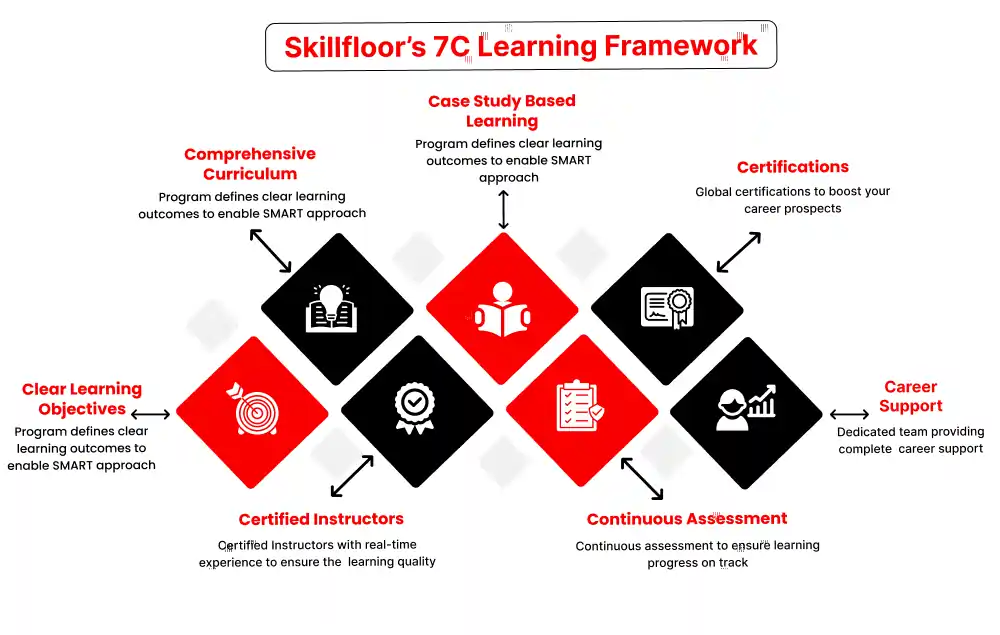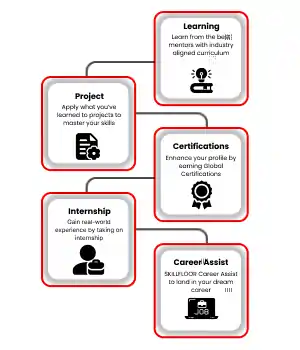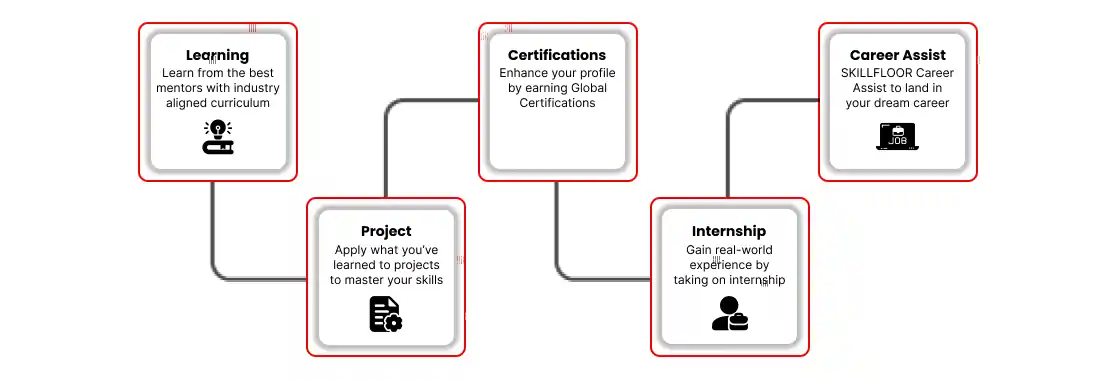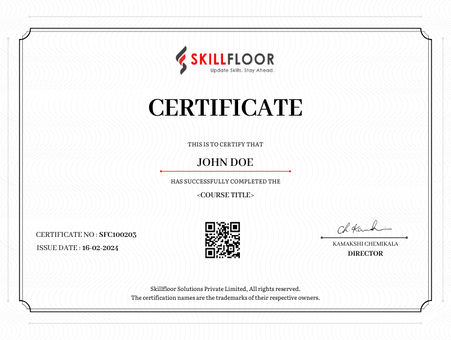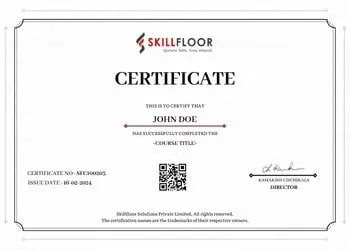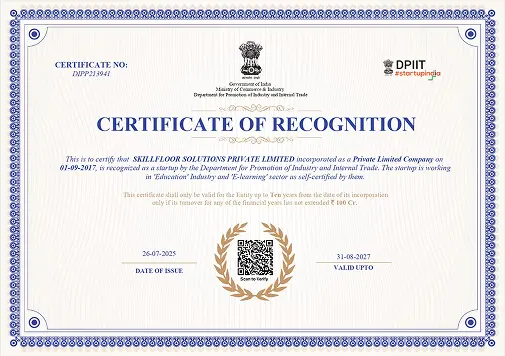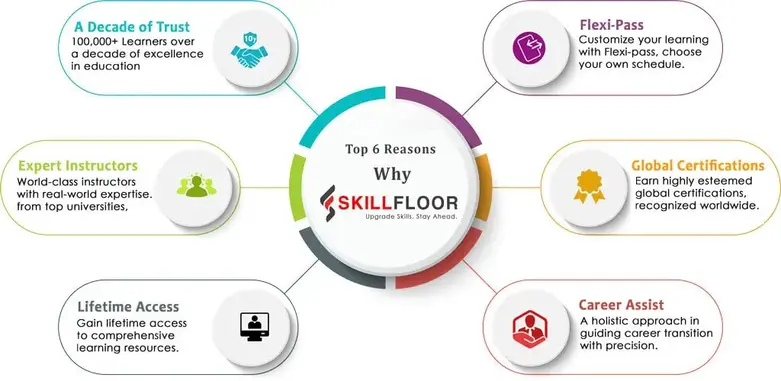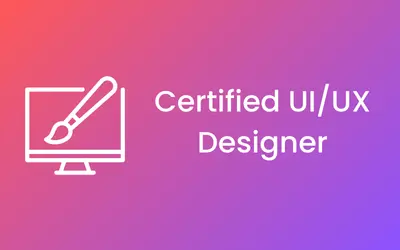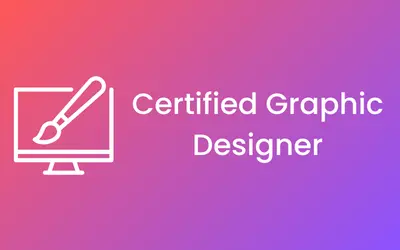Design courses with placement
SKF - DES
-

-
(393 Reviews)
- Design skills: Learn the fundamentals of design theory, typography, colour theory, and layout to create visually stunning artwork
- Flexible learning options: Study at your own pace with our online platform, accessible anytime, anywhere, allowing you to balance your education with work and other commitments.
- Career opportunities: Prepare for a rewarding career as a graphic designer in advertising agencies, design studios, marketing firms, or freelance ventures.
